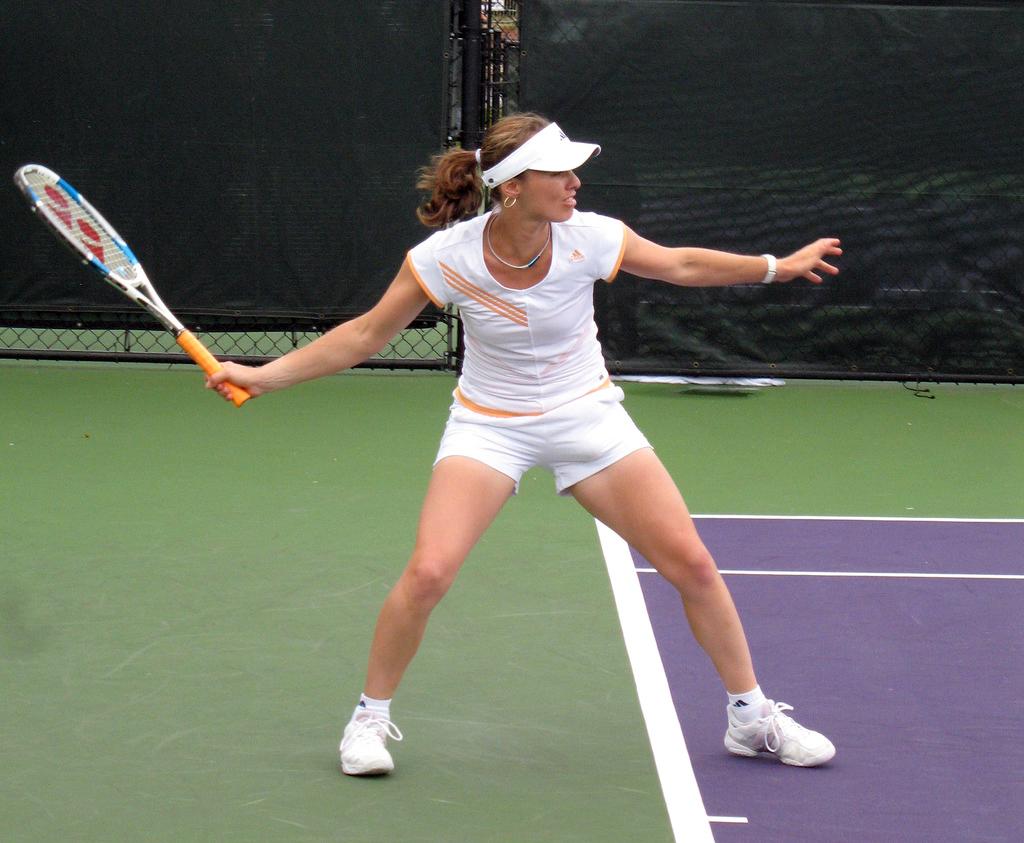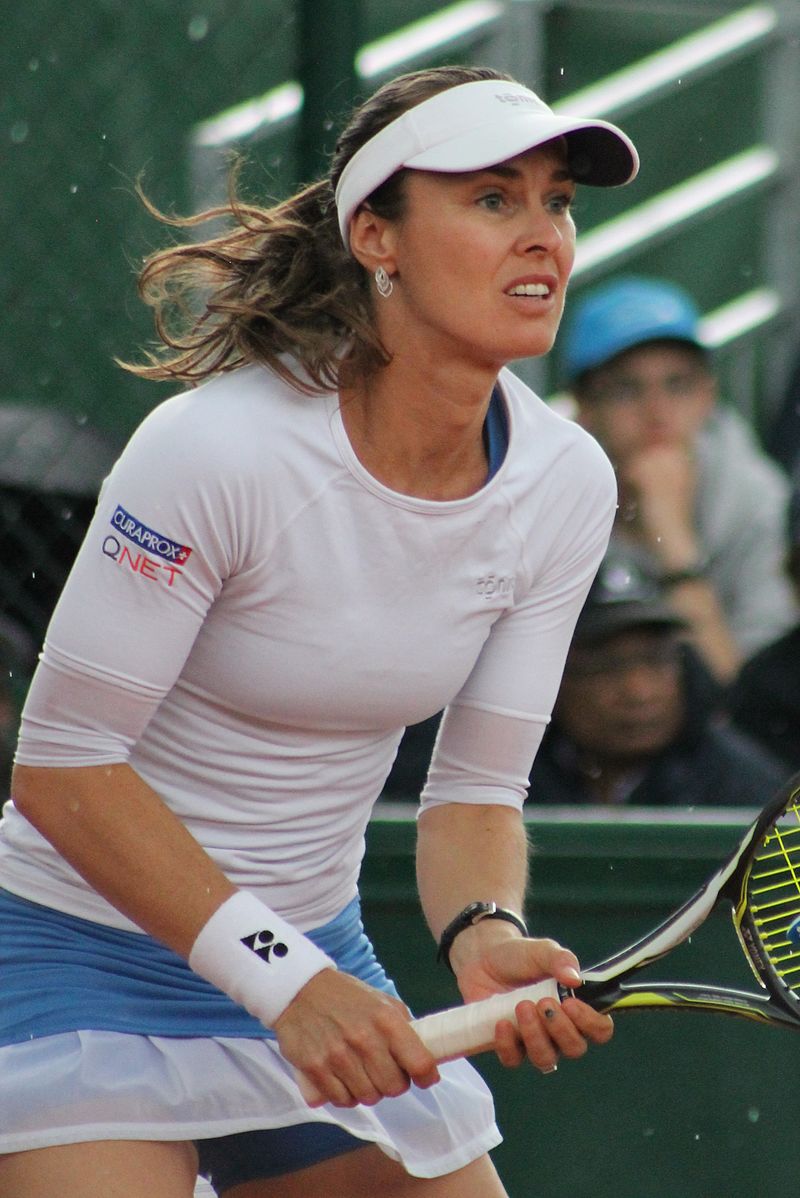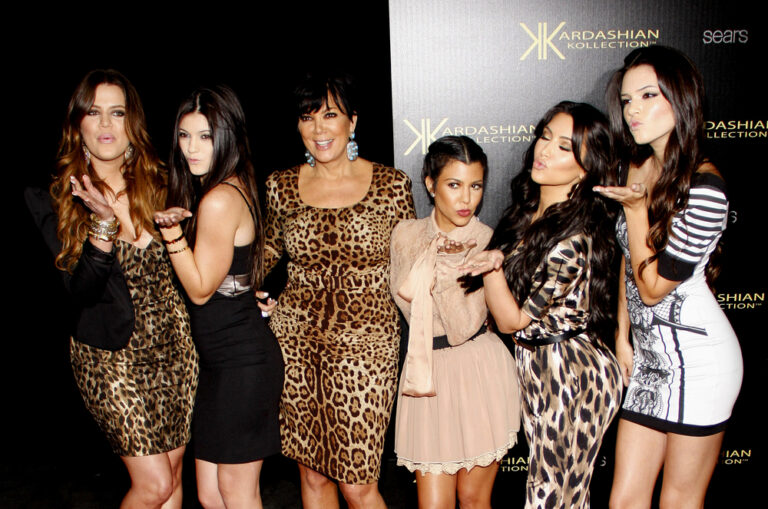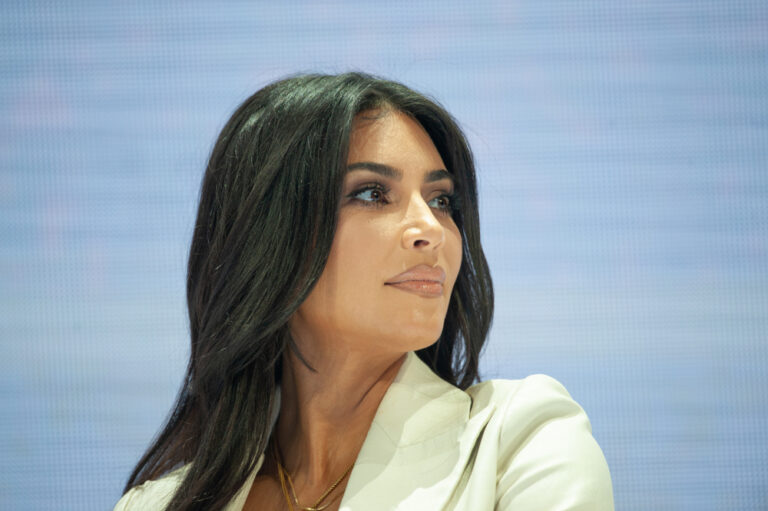
Femcompetitor.com, grapplingstars.com, fciwomenswrestling.com, fcielitecompetitor.com, fciwomenswrestling2.com momovieman-hingis-Wikipedia-photo-credit.
March 22, 2022,
When news spread that Martina Hingis had her first child it made some of us pause and remember how much we appreciated this fresh faced beauty when she wasn’t much more than a child herself.
Her impact on women’s professional tennis is everlasting.
So is her legacy.
Martina Hingis spent a total of 209 weeks as the singles world No. 1 and 90 weeks as doubles world No. 1, holding both No. 1 rankings simultaneously for 29 weeks.
Incredible. We still remember virtually every week that she was there.
So many of our best outdoor memories center on playing amateur competitive tennis during her reign.
She won five Grand Slam singles titles, thirteen Grand Slam women’s doubles titles, winning a calendar-year doubles Grand Slam in 1998, and seven Grand Slam mixed doubles titles; for a combined total of twenty-five major titles.
In addition, she won the season-ending WTA Finals two times in singles and three times in doubles, an Olympic silver medal, and a record seventeen Tier I singles titles.
What was so enchanting to us is that she accomplished so much of this as an absolutely stunning woman child.
She was the epitome of tennis talent and heart throb beauty.
Online she is the focus of so many up skirt photos. Martina and those short tennis skirts.
Martina set a series of “youngest-ever” records during the 1990s, including youngest-ever Grand Slam Champion and youngest-ever world No. 1.
You can see why she made our hearts go pitter patter in conjunction with her feminine court movements. She seemed to glide effortlessly.
No life is perfect though.
Before ligament injuries in both ankles forced her to withdraw temporarily from professional tennis in early 2003, at the age of 22, she had won 40 singles titles and 36 doubles titles and, according to Forbes, was the highest-paid female athlete in the world for five consecutive years, 1997 to 2001.
After several surgeries and long recoveries, Ms. Hingis returned to the WTA tour in 2006, climbing to world No. 6, winning two Tier I tournaments, and also receiving the Laureus World Sports Award for Comeback of the Year.
She retired in November 2007 after being hampered by a hip injury for several months.
It was one of the saddest days of our tennis lives.
Though retired, the awards continued to pour in.
Widely considered an all-time tennis great, Martina was ranked by Tennis magazine in 2005 as the 8th-greatest female player of the preceding 40 years. She was named one of the “30 Legends of Women’s Tennis: Past, Present and Future” by TIME in June 2011.
In 2013, Martina was elected into the International Tennis Hall of Fame, and was appointed two years later the organization’s first ever Global Ambassador.
Great selection.
So where is this magical Euro Princess from? She is right out of fairytale. Waving that tennis racquet just like a golden magic wand.
Martina was born in Košice, Czechoslovakia, now known as Slovakia.

Her parents Melanie Molitorová and Karol Hingis were both tennis players.
Her father was ranked as high as 19th in the Czechoslovak tennis rankings.
Ms. Molitorová was a professional tennis player who was once ranked tenth among women in Czechoslovakia, and was determined to develop little Hingis into a top player as early as pregnancy.
You’re going to have a hard time believing this statistic. Little Ms. Hingis began playing tennis when she was two years old and entered her first tournament at age four.
What? Yes, it is true.
We can just imagine little Martina holding a racquet that is probably as large as she is.
In 1993, a then 12-year-old Hingis became the youngest player to win a Grand Slam junior title: the girls’ singles at the French Open.
Twelve years old. Can you remember what you were doing at 12?
In 1994, she retained her French Open junior title, won the girls’ singles title at Wimbledon, and reached the final of the US Open.
She made her WTA debut at the Zurich Open in October 1994, two weeks after turning 14, and ended 1994 ranked world No. 87.
Her skyward rise was just beginning.
In 1996, Martina became the youngest Grand Slam champion of all time, when she teamed with Helena Suková at Wimbledon to win the women’s doubles title at age 15 years and 9 months.
She also won her first professional singles title that year at Filderstadt, Germany.
She reached the singles quarterfinals of the 1996 Australian Open and the singles semifinals of the 1996 US Open. Following her win at Filderstadt, Martina achieved a major superlative.
She defeated the reigning Australian Open champion and co-top ranked Monica Seles in the final in Oakland.
Now it was time for her major rise.
In 1997, Ms. Hingis became the undisputed World No. 1 women’s tennis player.
She started the year by winning the warm-up tournament in Sydney.
She then became the youngest Grand Slam singles winner in the 20th century by winning the Australian Open at age 16 years and 3 months, beating the former champion Mary Pierce in the final.
In March, she became the youngest top ranked player in history.
In July, she became the youngest singles champion at Wimbledon since Lottie Dod in 1887 by beating Jana Novotná in the final.
She then defeated another up-and-coming player in the final of the US Open.
You might have heard of her.
Venus Williams.
The only Grand Slam singles title that Ms. Hingis failed to win in 1997 was the French Open, where she lost in the final to Iva Majoli.
Martina Hingis spent her early childhood growing up in the town of Rožnov pod Radhoštěm which is now in the Czech Republic.
Unfortunately Martina’s parents divorced when she was six, and she and her mother defected from Czechoslovakia in 1987 and emigrated to Trübbach (Wartau) in Switzerland when she was seven.
Martina acquired Swiss citizenship through naturalization. That’s why later she would famously wear the crown of Swiss Miss.
To write a biographical homage to a super star like Martina would be voluminous.
In situations like these, we tend to lean on how the player made us feel.
When watching Martina play it was a mixture of elegance, youthful sensuousness sauced with angst and rebellion. She was after all only a teenager.
We remember when she was booed at the 1999 French Open that reduced her to tears and had her prematurely leave the court only to be retrieved by her mother for the closing ceremony.
How did that come about?
She reached the French Open final and was three points away from victory in the second set. Just three points away.
With the French crowd’s help, Steffi Graf came from behind and defeated her.
Previously she had said before: “Steffi had some results in the past, but it’s a faster, more athletic game now… She is old now. Her time has passed.” She broke into tears after a game in which the crowd had booed her for using underhand serves and crossing the line in a discussion about an umpire decision.
What a day.
What a career.
What a mark she has made on our minds and more importantly in our hearts.
We loved our days as tennis fans when Martina was on the courts.
Could never miss watching the super sexy fresh faced Swiss Miss play.
Now we’ll have to be content with heartwarming memories.
The Swiss Miss will always be missed.
Her career, always cherished.
~ ~ ~
OPENING PHOTO Femcompetitor.com, grapplingstars.com, fciwomenswrestling.com, fcielitecompetitor.com, fciwomenswrestling2.com momovieman-hingis-Wikipedia-photo-credit.
https://en.wikipedia.org/wiki/Martina_Hingis
https://fciwomenswrestling.com/
https://www.fcielitecompetitor.com/



